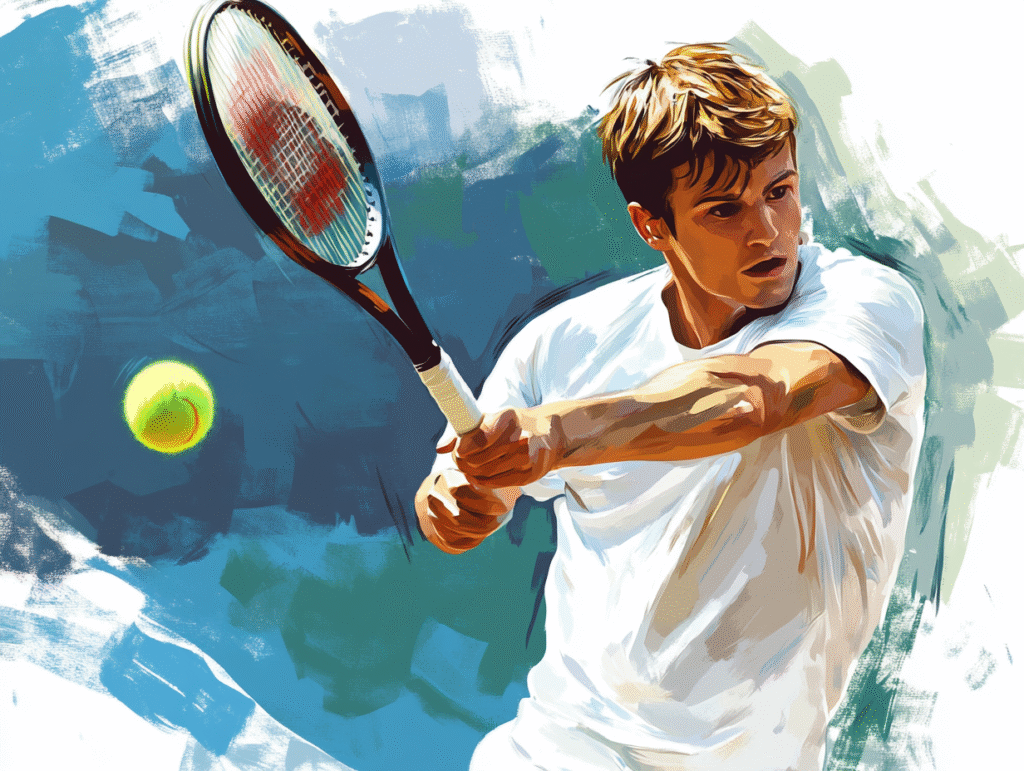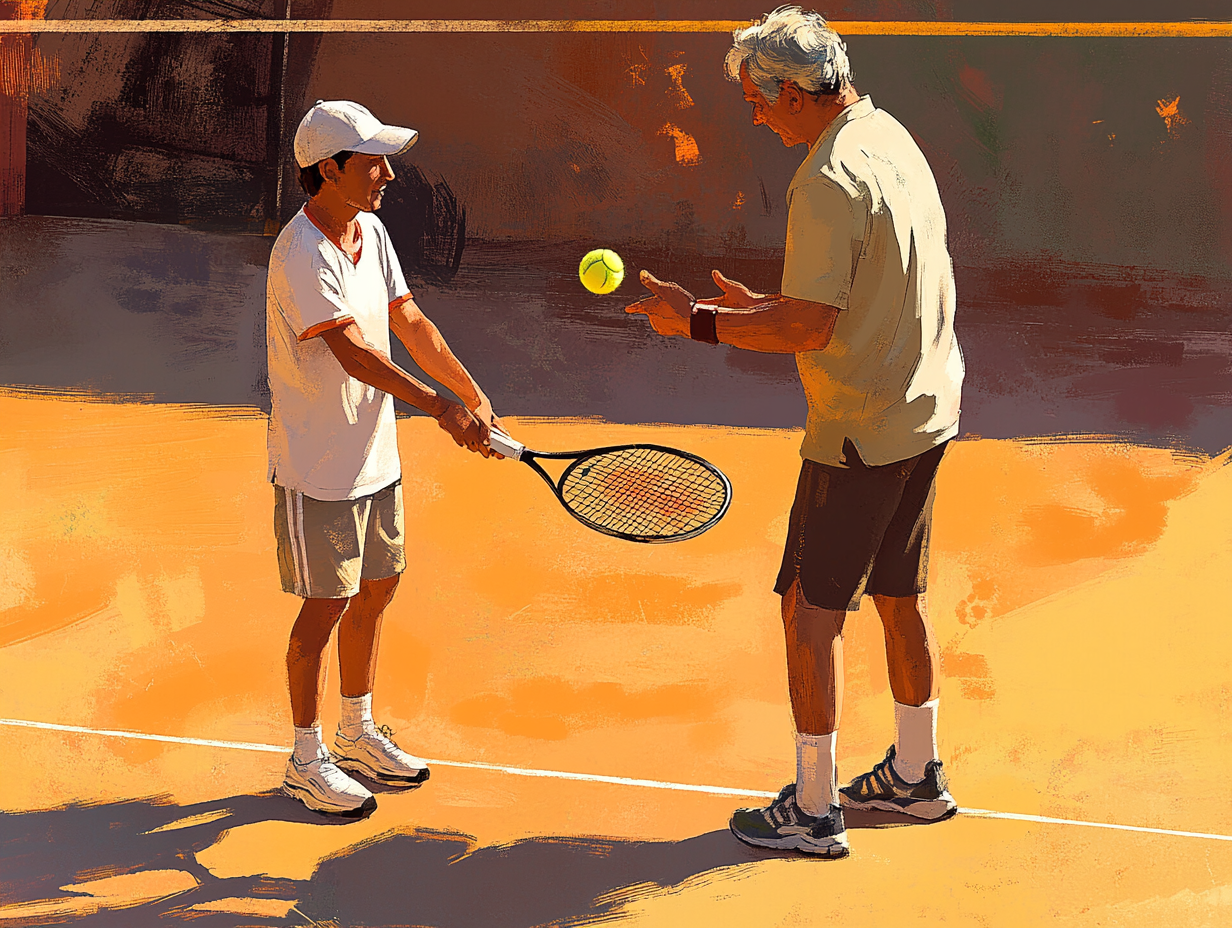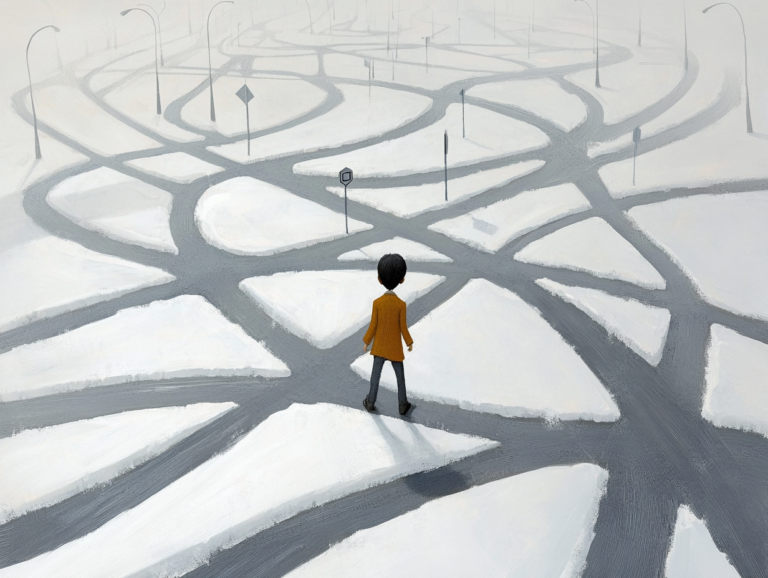When I look back on my years of learning, whether on tennis courts or in college classrooms, I’ve realized something counterintuitive: the best teachers are not necessarily the most talented players or the most decorated professors. In fact, I’ve come to believe that some of the best coaches and teachers are what I’d call the once-struggling students who eventually figured things out.
The Empathy of Struggling Students
Those who were once “average” or even “poor” students often make the best teachers for the majority of learners. I believe this is because they know firsthand how confusing, frustrating, and slow the process can be. They remember what it feels like to stumble over basics, to spend months trying to grasp something that doesn’t come naturally. When they teach, they don’t just say “do it better”. Instead, they can break it down into steps, share the mistakes they once made, and explain the small adjustments that finally worked for them.
By contrast, those born with natural talent sometimes struggle to understand why others find things difficult. For them, concepts or skills that took others years of effort might have been absorbed almost effortlessly. This gap in experience can create a gap in empathy. They are better suited, perhaps, to train prodigies like themselves, but for the everyday learner, their guidance can feel distant or too abstract.
My Journey Through Tennis Coaches
This truth became clear to me through tennis. I’ve had three coaches, not because I was constantly upgrading, but simply because my previous coaches moved away and I had to start with someone new. At first, I wasn’t sure if this was a blessing or a curse. In hindsight, it turned out to be a stroke of good fortune.
I trained the longest with my second coach, a talented player who nearly went professional. Under his guidance, I made great progress. But I also developed a puzzling problem: when I played against skilled opponents, I performed well; against beginners, I lost easily. It made no sense and crushed my confidence at that time.
The mystery lingered for almost two years until I began training with my third coach. He noticed something instantly: I relied too much on my opponent’s pace. Against strong players, I borrowed their power; against beginners, who hit much slower balls, I had nothing to borrow from. My strokes were too focused on lifting the ball with topspin, producing high, loopy returns. I also unconsciously shifted my forehand grip style towards Western grip during each play, which made this problem even worse. He told me one simple thing: “Collide the ball with your racket, drive it forward, and feel the power of collision”.
That single sentence explained two years of frustration. For the first time, I learned to generate my own pace. Within weeks, my game transformed.
Why Great Players Aren’t Always Great Coaches
Looking back, I realize that each coach corrected some of my mistakes, but only partially. My earlier coaches, who were so close to becoming pros themselves, were brilliant players who had skipped over the long list of errors that ordinary learners like me made. They could tell I was doing something wrong, but not always why I was doing it, or how to fix it in a way that clicked. They had never walked the same winding road.
This doesn’t make them bad coaches; it just means their strengths were different. For players with exceptional talent, they might have been the perfect guides. But for me, who had to stumble through almost every mistake possible, the breakthrough came from a coach who could see my struggles through the lens of someone who had once been there.

Lessons From the College Classroom
The same pattern showed up in my academic life. The best teacher I ever had in college wasn’t a star professor with countless publications. He was a retired industry professional who didn’t care about papers or research prestige. His focus was on teaching. He gave detailed explanations, filled the lessons with examples, and repeated himself if needed, always with the fear that we might not understand.
On the other hand, the professors who had gone straight from undergrad to PhD to academia often taught at a level too high and too abstract. They assumed too much, skipped over practical examples, and left struggling students further behind. To them, the basics seemed too obvious to dwell on.
Conclusion: What Makes a Great Teacher
Over time, I came to understand this stark difference. When you grow up surrounded by gifted peers and succeed at every stage, you live in a bubble of excellence. You may not even realize how far you’ve drifted from the mindset of the average learner. You might think, “This is so simple, how could anyone not understand?” But of course, most people do struggle.
That’s why the true measure of a good teacher is not how many titles or accolades they’ve earned, but whether they can explain things in a clear, relatable, and accessible way. A great teacher meets the student where they are, not where the teacher is.
In both tennis and academics, I’ve learned that the best teachers are not always the brightest stars at the top. They’re often the ones who’ve walked the harder path, made the mistakes, and emerged with not just knowledge, but the empathy to guide others along the way.




